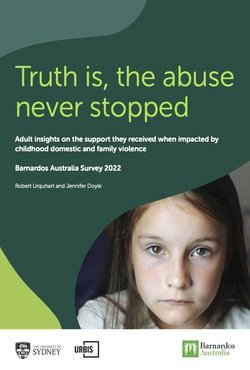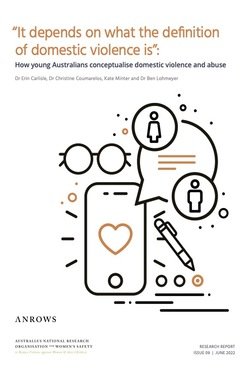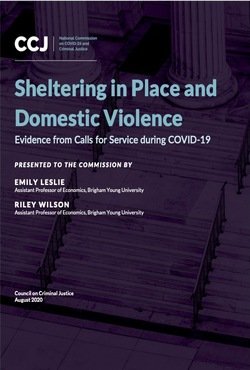By EIGE - European Institute for Gender Equality
The recent COVID-19 pandemic has contributed to increasing our reliance on digital technologies in our everyday activities, consolidating internet access as a new fundamental human right. Digital platforms have often been celebrated for allowing equal opportunities for public self expression, regardless of one’s identity and status. Yet, not everyone is welcome in the cyberspace. The digital arena has become a breeding ground for a range of exclusionary and violent discourses and beliefs, expressed and disseminated in a context of anonymity and impunity. Both women and men can be victims of cyber violence. However, evidence shows that women and girls are highly exposed to it. Not only are they more likely to be targeted by cyber violence; they can also suffer from serious consequences, resulting in physical, sexual, psychological or economic harm and suffering. Women and girls often end up withdrawing from the digital sphere, silencing and isolating themselves and eventually losing opportunities to build their education, professional career and support networks. Cyber violence against women and girls (CVAWG) is often dismissed as an insignificant and virtual phenomenon. However, as digital (online) and face-to-face (offline) spaces become more and more integrated, CVAWG often amplifies (or is a precursor for) violence and victimisation in the physical world. CVAWG is not a private problem and does not exist in a vacuum: it is an integral part of the continuum of violence against women and girls. Just like any other form of gender-based violence, CWAWG is deeply rooted in the social inequality between women and men that persists in our world. CVAWG is an intersectional form of violence with different patterns and levels of vulnerability and risk among specific groups of women and girls. It can be exacerbated when it is committed on the grounds of gender in combination with other factors, including age, ethnic or racial origin, sexual orientation, gender identity, disability, religion or belief. Combating CVAWG: aims and scope of this report The aim of this report is to provide an in-depth investigation into the phenomenon of cyber violence and to examine how it affects women and girls specifically.
Vilnius LITHUANIA: EIGE, 2022. 110p.





















